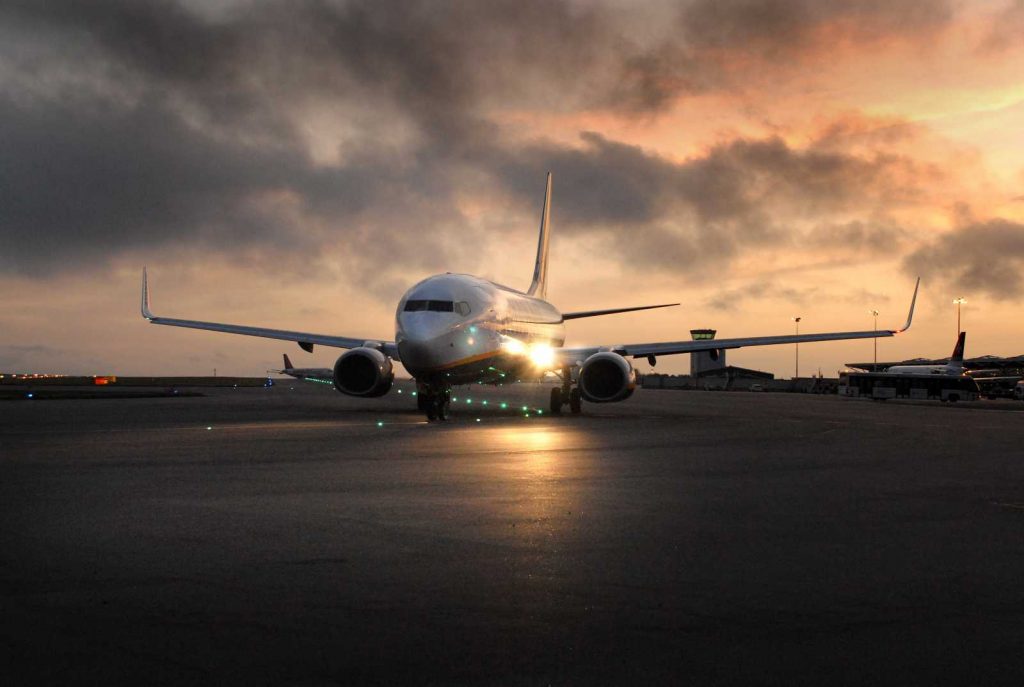Runway Incursion Systems

Product Information
It should be understood that a consequence of a runway incursion maybe due to the failure of a pilot or vehicles driver to comply with a valid ATC clearance or their compliance with an appropriate ATC clearance. The main consequence of any runway incursion is the increased risk of collision for an aircraft on the ground. According to investigations into runway incursion events which occurred in the period of 2014-2016, the following general observations were seen to be the most common consequences:
- Mistaken entry of an aircraft or vehicle onto the runway protected area without ATC clearance
- Misidentified presence of a vacating aircraft or vehicle onto the runway protected area
- Wrong runway crossing by an aircraft or vehicle without or against ATC instructions
- Landing without ATC clearance
- Take-off without ATC clearance
Other main factors that can increase the possibility of incursions occurring include the following:
- Low visibility may increase the chance of a pilot becoming disorientated and unsure of their position whilst manoeuvring along taxiways. These conditions are also likely to restrict ATC’s ability to identify and follow the aircraft visually.
- The design of the taxiway infrastructure which requires aircraft to cross an active runway to travel between its take-off or landing runway and the parking position, brings additional risk of an incident potentially occurring.
- Line ups for a series of aircraft departures from the same runway but from different entry positions could lead to an increased risk for runway incursion occurrences.
- Late changes to departure times and clearances may lead to a temporary lack of concentration in the pilot’s attentiveness.
- Use of Non-Standard Terminology can lead to confusion and misunderstanding between the pilots and controllers.
- Simultaneous use of more than one Language for communications between ATC and vehicles crews.
There are ways several ways to overcome these types of situations to avoid a runway incursion event:
- Maintenance of situation awareness by flight crew and others using the manoeuvring area, specifically in respect of their own location in relation to active runways, and that of other aircraft and vehicles relative to active runways.
- Presence of standard Runway Markings and Taxiway Surface Markings and Signs
- Presence of standard Runway Lighting and Taxiway Lighting including the installation of Runway Status Lights (RWSL) and Runway Holding Point Lighting.
The use of runway incursion control systems that monitor vehicle movement at the entrance or exit of the protected area.
Runway Incursion Systems FAQs
What can be used to help prevent a runway incursion?
There are procedure’s at every airport that should be followed prior to a vehicle or aircraft entering the runway area, all of which will entail ensuring clearance from Air Traffic Control is obtained. To help indicate where a vehicle or aircraft should wait for clearance to be granted there are a number if lighting aids. Airfield Mandatory sign (red), runway guard lights, and inset / elevated stopbar fixtures, all of which indicate the ‘hold’ position.
How common are runway incursions?
The FAA estimates that there are approximately three runway incursions that happen every day at towered airports in the United States. The main cause for these incursions can be categorised as:
- Incorrect entry of an aircraft or vehicle onto the runway protected area without or contrary to ATC clearance
- Incorrect presence of a vacating aircraft or vehicle onto the runway protected area
What are the 4 categories of runway incursions?
- Category A is a serious incident in which a collision was narrowly avoided.
- Category B is an incident in which separation decreases and there is a significant potential for collision, which may result in a time critical corrective/evasive response to avoid a collision.
- Category C is an incident characterised by ample time and/or distance to avoid a collision.
- Category D is an incident that meets the definition of runway incursion such as incorrect presence of a single vehicle/person/aircraft on the protected area of a surface designated for the landing and take-off of aircraft but with no immediate safety consequences.
Start your project with ATG airports
ATG Airports is a leading global airfield lighting specialist offering design through to supply, installation or simply maintenance of an existing system. Get in touch to find out more about our range of products and services.
"*" indicates required fields

